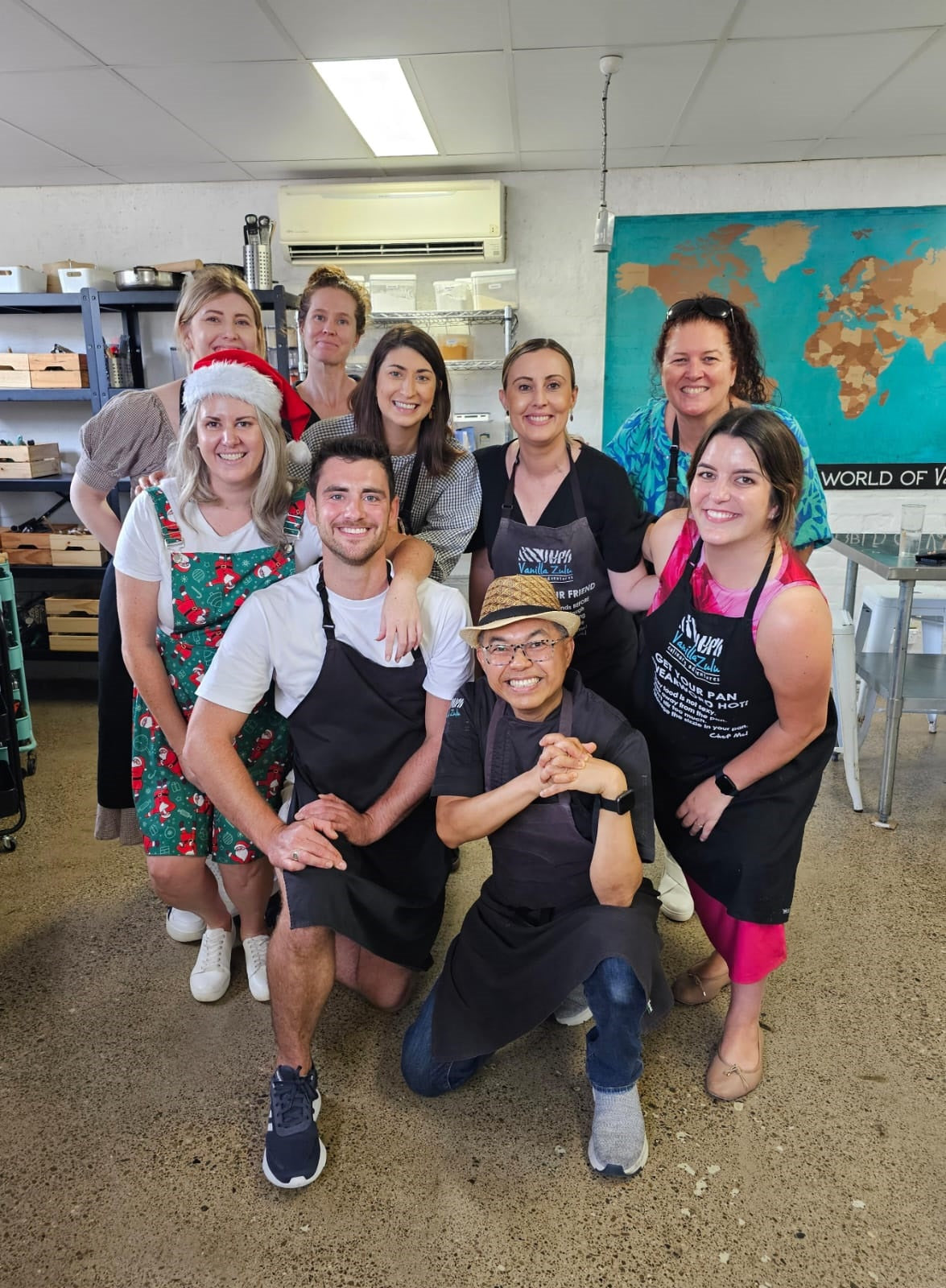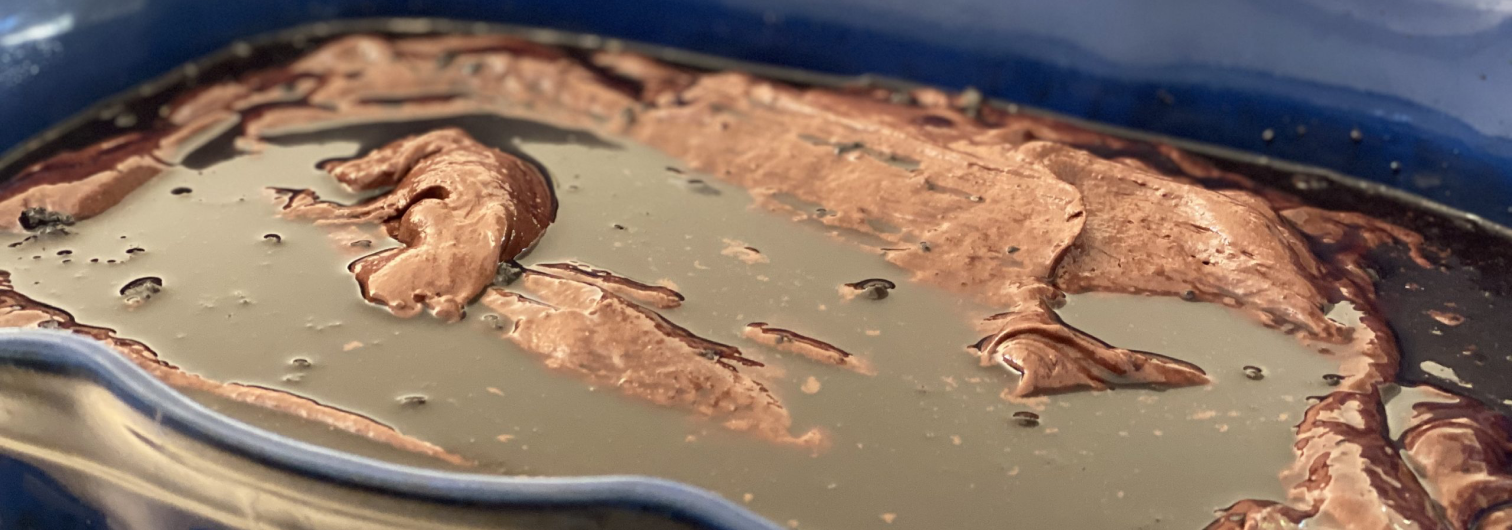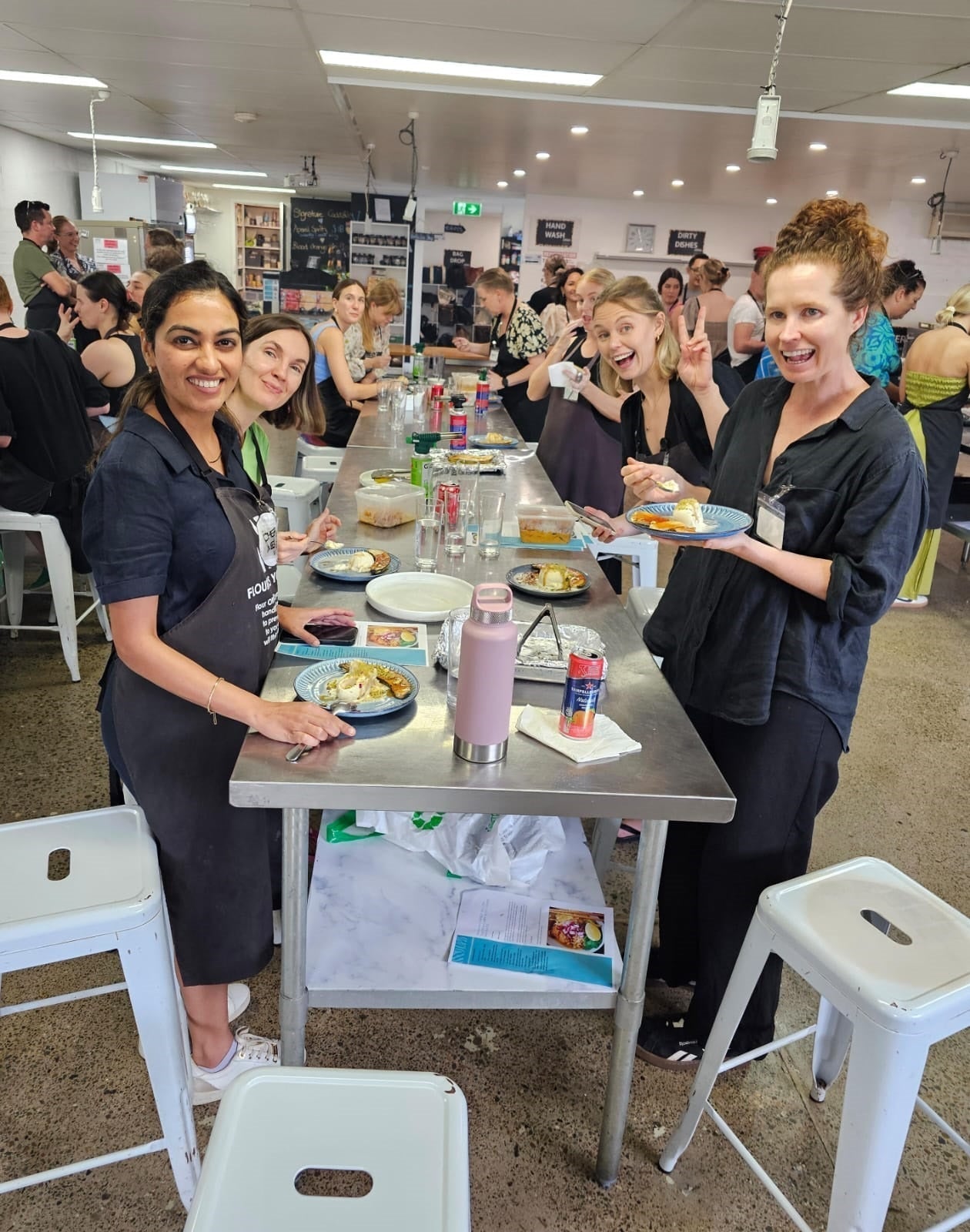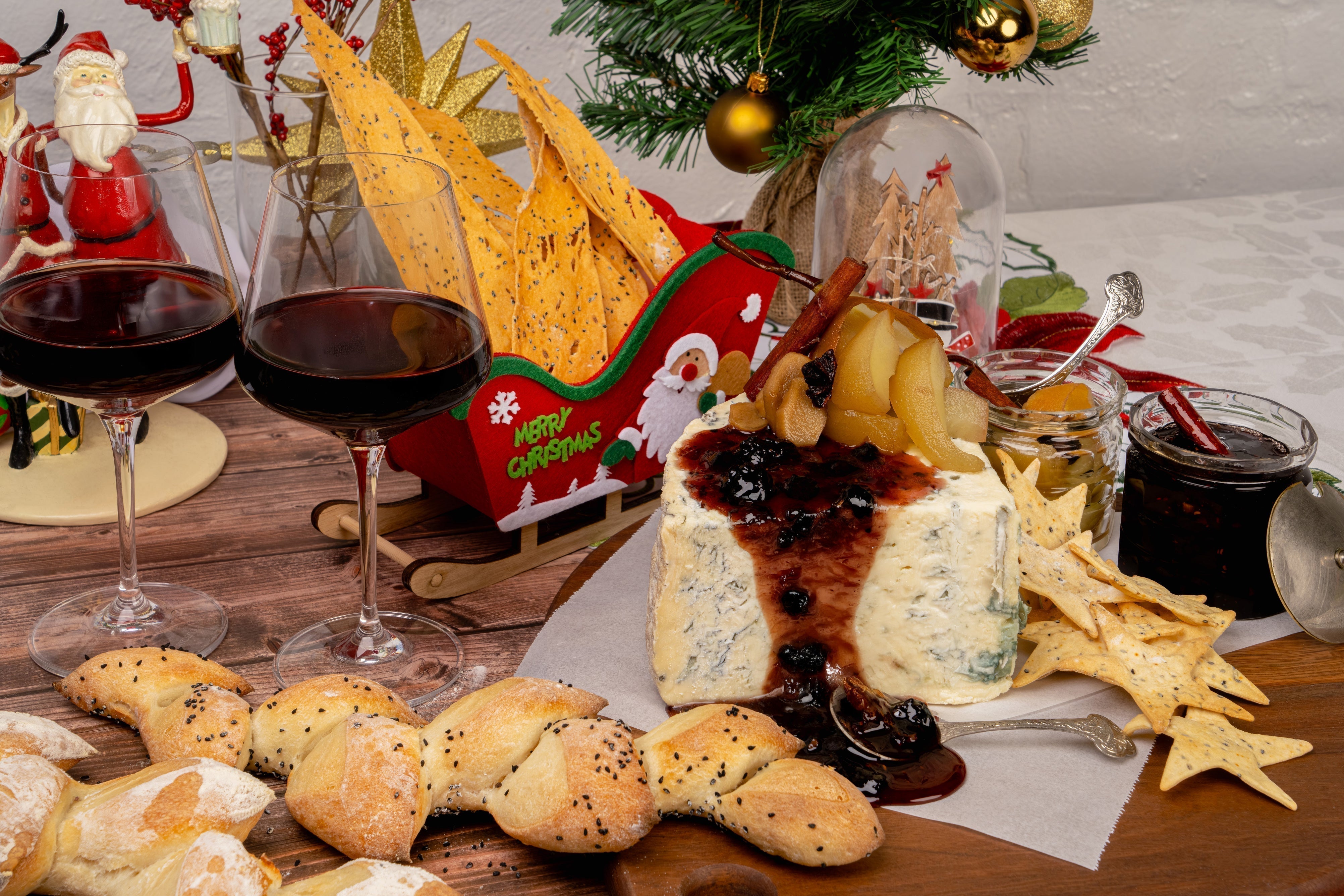
Knife Skills 101: Mastering the Basics for Home Cooks
The thought of wielding a sharp knife with confidence can be intimidating, but mastering basic knife skills is one of the best things you can do to elevate your cooking. Learning how to handle a knife, even for ordinary home cooks, can improve efficiency, and most importantly, enhance safety in the kitchen. Tired of unevenly chopped vegetables and slow prep times? Vanilla Zulu has some sharp tips for you, and with a little practice, you'll soon be dicing, mincing, and slicing like a pro.
The Importance of a Sharp Knife
Growing up, we were always told to stay away from sharp knives, but the truth is, in the kitchen, a sharp knife is a safe knife. A dull knife requires more force to cut, increasing the likelihood of it slipping and causing injury. With a sharp blade, you'll be able to glide through ingredients with minimal effort, giving you greater control. Invest in a good quality chef's knife and a paring knife. Serrated knives work best for slicing bread or citrus fruit. Regularly sharpen your knives with a honing steel or a knife sharpener for professional results in your home kitchen.
Learn The Proper Grip
One of the most crucial elements of safe and efficient knife work is the claw grip – you may have seen your favourite TV chef doing this. For your non-dominant hand (the one holding the food), curl your fingertips inwards, tucking them behind your knuckles. Your knuckles should be the closest part of your hand to the blade, acting as a guide. This protects your fingertips from accidental nicks. For your dominant hand, hold the knife with a firm but relaxed grip. Your thumb and forefinger should pinch the blade near the bolster (where the blade meets the handle), providing control and balance.
The Rocking Motion: Dicing and Mincing
The rocking motion is fundamental for many chopping tasks, particularly dicing and mincing. Start with your knife tip on the cutting board, maintaining contact throughout the cut. Lift the heel of the knife and rock it forward and down through the ingredient. This motion is ideal for items like onions, garlic and herbs. Practise a consistent rhythm, allowing the blade to do the work. Remember to keep your "claw" hand acting as a guide, steadily moving the ingredient towards the blade.
Slice and Chop Like a Pro
The push cut is excellent for more precise slicing, like julienning vegetables or creating even slices of meat. With this technique, you push the knife straight down and slightly forward through the ingredient. Unlike the rocking motion, the entire blade might not always maintain contact with the board. This cut allows for greater control over thickness and is particularly useful for achieving uniform pieces. Think about slicing carrots or celery into batons.
Beyond the Basics: Practice Makes Perfect
Mastering knife skills takes time and practice. Don't get discouraged if you don't get it right away. Start with softer vegetables like cucumbers or zucchini before moving on to harder ones. Always use a stable cutting board – a non-slip mat underneath can be a lifesaver. Keep your fingers tucked, your knife sharp, and your movements deliberate. As you gain confidence, you'll find your prep time significantly reduced and your cooking more enjoyable. Taking a cooking class can help reinforce these skills and teach you new techniques to practise at home.
If you’d like to take your knife skills to the next level in a fun and supportive environment, book a cooking class at Vanilla Zulu in Brisbane today! We provide all the ingredients and the expert chefs, you just come and learn in a vibrant group setting. We’ll teach you knife skills, dishes from around the world, vegan cooking and so much more.




